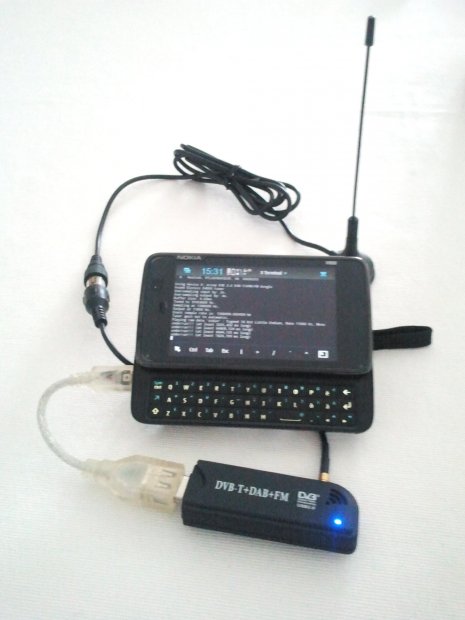Review of the SDR UP-100 Upconverter
Akos from the SDR for mariners blog has written a review on the SDR UP-100 upconverter. The SDR UP-100 is a 50 USD upconverter for the RTL-SDR and similar software defined radios which is made by the same person behind the LNA4ALL low noise amplifier. Upconverters allow the RTL-SDR to receive between 0 and 30 MHz, where ham radio, military, marine and many other interesting signals exist.
In the review Akos tests the SDR UP-100 with a 6 meter random wire antenna and an RTL-SDR. His results show that the upconverter works well as expected. In the future he hopes to compare the SDR UP-100 with the Ham-It-Up Upconverter from Nooelec.




